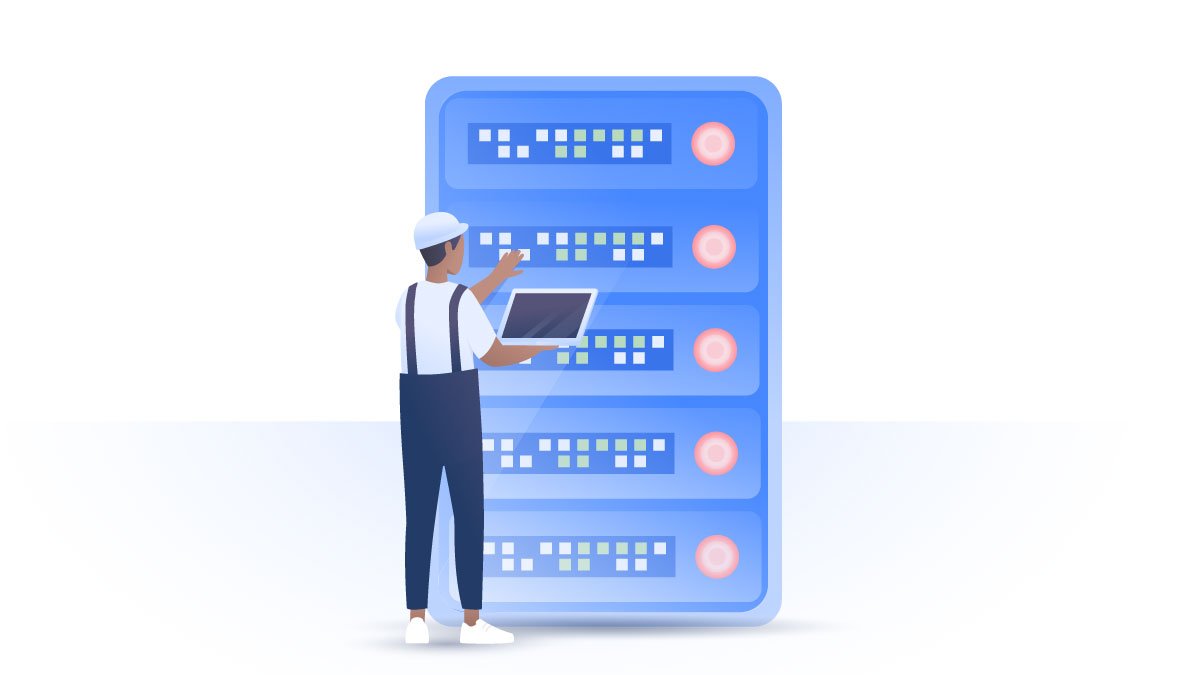How to delete Alexa history
Controlling all your apps by voice is convenient. Need an Uber, a new dress, or a tasty slice of pizza delivered to your home? Just ask Amazon’s Alexa. But this convenience has its price – your privacy. Learn how to delete Alexa’s history and protect your privacy below.
Paul Black
Mar 12, 2020 · 3 min read

Contents
Why delete your Alexa history?
Amazon is known for violating user privacy (remember the Ring doorbell case?). Alexa is a handy gadget for this. Amazon collects Alexa recordings to use them for marketing purposes and share them with third-parties.
Moreover, Amazon has employed thousands of people to listen to its customers’ recordings. Even though it claims that it only listened to enhance its customer experience, this is still an aggressive privacy violation. It is very possible that someone at Amazon has listened to your recordings as well.
In fact, this is part of why we choose not to use Amazon Alexa at our office, even for the purpose of making screenshots for this article. The steps below have no illustrations, but we hope they are clear enough regardless.
How to delete Alexa history all at once on your browser
1. Open Amazon’s website, hover your cursor over the Account & Lists menu, and choose Your Content and Devices;
2. Select Your Devices;
3. Choose your Alexa device;
4. Click Manage Voice Recordings;
5. Select Delete.
Please note that you can only delete all your recordings all at once through your browser and you cannot listen to them.
How to delete all Alexa history in the app
1. Open the Alexa app;
2. Tap on the three stripes;
3. Select Settings;
4. Select Alexa Privacy;
5. Select an entry or a specific time range you wish to delete the entries for.
To delete Alexa history by voice:
1. Open the Alexa app;
2. Tap on the three stripes;
3. Choose Settings;
4. Tap Alexa Privacy;
5. Select Review Voice History and turn on the Enable Deletion By Voice option;
6. Say “Delete everything I said today” or “Delete what I just said” to delete your voice recordings for the day or the most recent ones.
This should delete transcripts too. However, Amazon might still store your transcripts in separate servers as explained below. Also, note that you can always file a formal request to delete all your voice recordings and transcripts through Amazon customer service.
You can also make Alexa delete your history automatically:
1. Open the Alexa app;
2. Tap on the three stripes;
3. Go to Settings;
4. Choose Alexa Privacy;
5. Select Manage Your Alexa Data;
6. Go to Automatically Delete Recordings and enable this setting;
7. Choose the time period for which to keep the recordings and then select Confirm.
How to stop sharing your voice data with Amazon
You can always opt-out from Amazon’s Alexa training program by:
1. Opening the Alexa app;
2. Tapping on the three stripes;
3. Going to Settings;
4. Choosing Alexa Privacy;
5. Tapping Manage How Your Data Improves Alexa;
6. Turning off Help Develop New Features and ignoring the pop-up message;
7. Turning off Use Messages to Improve Transcription to stop Alexa from using messages you send to other people to improve its transcription accuracy.
You can also do the same procedure through Amazon’s webpage:
1. Go to https://amazon.com/alexaprivacy and sign in;
2. Click Manage How Your Data Improves Alexa;
3. Turn off the same two options as mentioned above.
You can also turn off the mic when not using Alexa if you are worried that Alexa might listen to your life passively.
Please note that recordings might still remain if Alexa shares them with a third party. Thus, when you say “Get me an Uber”, your recording might still remain in Uber’s servers. Also, Amazon can hold on to the transaction information of such interactions.
Moreover, in the summer of 2019 Amazon admitted that it still kept some transcripts of deleted voice recordings in separate storage systems. However, the company's vice-president claimed that Amazon is in an ongoing effort to ensure that such transcriptions would be wiped out completely.
Want to read more like this?
Get the latest news and tips from NordVPN

